Excel Formula Average Exclude Zero
AVERAGEIF A3C3 0 Since the function ignores the zero value in cell B3 the average of the remaining two cells is 5 462 10. Verify that average is calculated properly.

How To Calculate Average In A Column Based On Criteria In Another Column In Excel
Like AVERAGEIF above AGGREGATE returns the.
Excel formula average exclude zero. AGGREGATE16 values Here the number 1 specifies average and the number 6 is an option to ignore errors. AVERAGEIFA1A110 This formula eliminates zero values as a result of the criteria expression and Blank cells as default functionality of AVERAGEIF function so it only counts cells in Excel average without zeros and. In the example shown the formula in F6 is.
Press Enter to get the average. To calculate the average ignoring zeros you can use the AVERAGEIF Function. Yes use array formulas such as MINIFA2A100A2A10 MAXIFA2A100A2A10 AVERAGEIFA2A100A2A10 Each must be confirmed with CTRLSHIFTENTER not just ENTER after entered or changed.
Here are three ways to average a data set when giving special consideration to the highest and lowest values. But do you know how to calculate the weighted average ignoring the blanks in Excel. To calculate an average with the AGGREGATE function you can use a formula like this.
Column A uses the formula A2A3A4A54 to find the average. The answer 5 appears in cell D3. How to ignore blanks when calculate the weighted average in Excel.
This is the most convenient way to calculate the average for selected range without zero and blank cells. In the example below AVERAGEIF is used to exclude zero values. In statistic calculation the weighted average is used more widely than the average function.
The AVERAGE Functions The AVERAGE Function calculates the average of a set of numbers including zeros. For example the formula AVERAGE TRUE FALSE returns 05 which is the average of 1 and 0. In simple words Average of numbers is the ratio of sum of the numbers to the total number of values in the data.
For example you need to calculate the average of three dates quantity of Apple excluding zero cells in the table you can apply the following formula. Enter this formula AVERAGEIF B2B130 in a blank cell besides your data see screenshot. Then press Enter key and you will.
Column B uses the traditional AVERAGE which includes zero. AVERAGEIF B6D6 0 returns 90 The criteria supplied is. The AVERAGE function ignores blank cells automatically.
Actually excel can calculate the average ignore the blank cells automatically. The formula in this case would be. Average Sum of values numbers number of values numbers.
Ignore Zero Values With AVERAGEIF Function. In the formula A2A17 is the range you want to median excluding zeros. AVERAGEIFrange0 Replace range to the specified range reference based on your need.
Averageindirectbhcountabhbh-rounddowncountabhbh0950bhcountabhbh Assuming BH is where you have your data range and that your data range is sorted descending. Average non-adjacent cells excluding zeroes with formula. To exclude zero values use AVERAGEIF or AVERAGEIFS instead.
If you want to include Boolean values and text representations of numbers in the calculation use the AVERAGEA function. To ignoring both blank and zeros when calculating average we can use the AVERAGEIF function. The following formula we will recommend can just work on non-adjacent cells in a single row.
By using the AVERAGEIF function with criteria expression Not Equal to Zero 0 you will average cells ignoring zero and Blank values. Select a blank cell for example E2 enter the formula AVERAGEIFA1C50. Boolean values that you type directly in the Excel AVERAGE formula are counted.
If you select cell D8 of the example the complete function appears in the formula bar above the worksheet. Averaging in Microsoft Excel is easy until you start excluding specific values. AVERAGEIFB3D30 exclude zero.
In this article we will learn about how to get the Average of numbers ignoring zero in Excel. However it will include the zeros which are returned by formulas or other ways but display as blank. Summary To calculate an average excluding blank values in a criteria range you can use the AVERAGEIFS function and a simple logical expression.
To filter out the zero from the calculated average the formula in E6 uses the AVERAGEIF function like this. Like the AVERAGE function AVERAGEIF automatically excludes empty cells. For example there are two columns in a sheet which record the grades and the number of cases of a.
Select a blank cell enter formula AVERAGE IF MOD COLUMN C2G2-COLUMN C220IF C2G2C2G2 into the Formula.
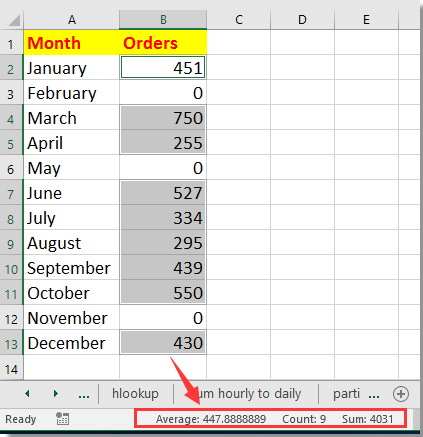
How To Average A Range Of Data Ignoring Zero In Excel
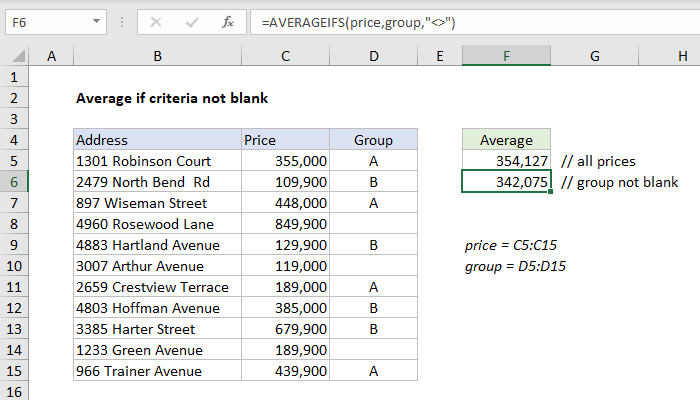
Excel Formula Average If Criteria Not Blank Exceljet
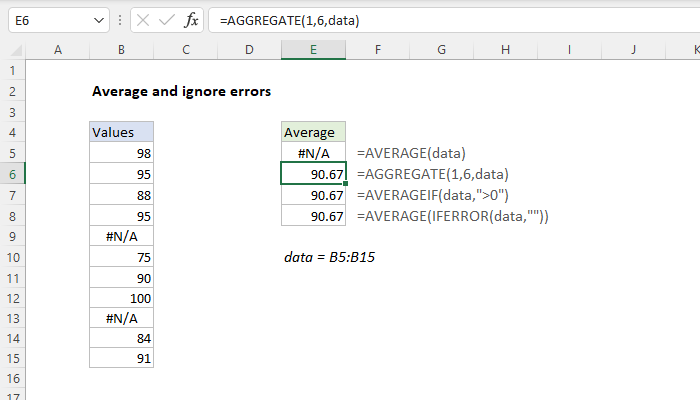
Excel Formula Average And Ignore Errors Exceljet
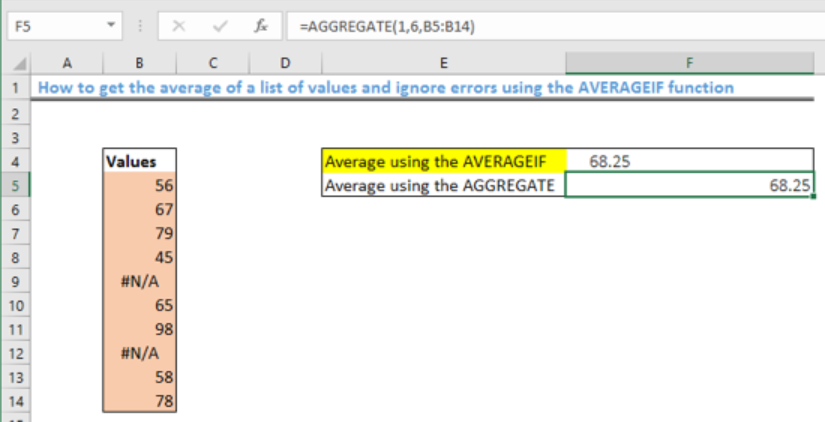
Excel Formula Average And Ignore Errors Excelchat

An Alternative Excel Averaging Formula That Doesn T Evaluate Zero Techrepublic

How To Rank Data Ignore Zero Values In Excel
How To Fix The Div 0 Error In Your Excel Formulas

Find The Last Occurrence Of A Lookup Value A List In Excel

Sumsq Formula Sumproduct Formula Excel Formulas And Functions Excel Excel Formula Microsoft Excel Tutorial Excel Tutorials

Calculate Time In Excel Time Difference Hours Worked Add Subtract Trump Excel
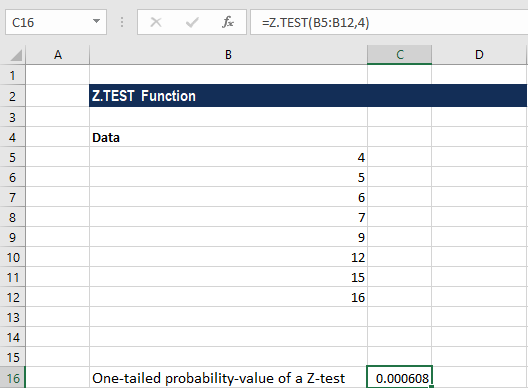
Z Test Formula Guide Examples How To Use Z Test Excel

How To Filter An Excel 2007 And 2010 Data Set For The Current Week Current Week Data Job Board
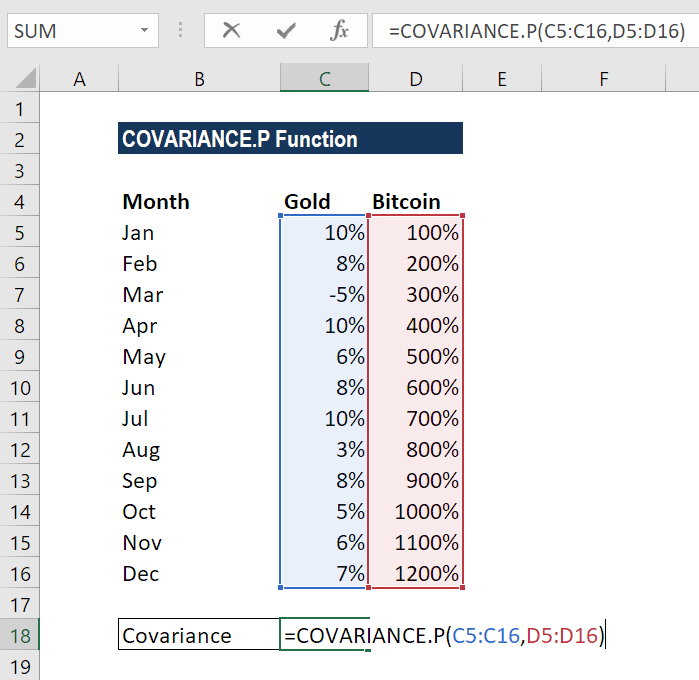
Covariance P Formula Examples Covariance Excel Function
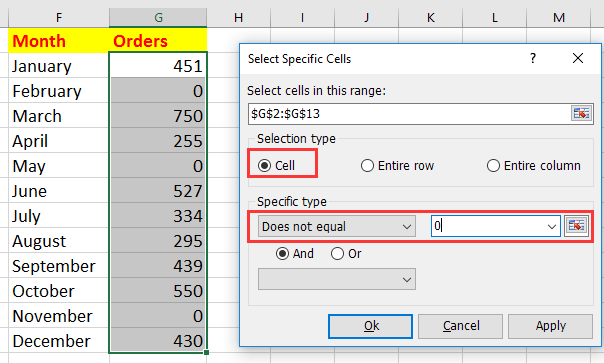
How To Average A Range Of Data Ignoring Zero In Excel

Excel Formula Average Numbers Ignore Zero Exceljet
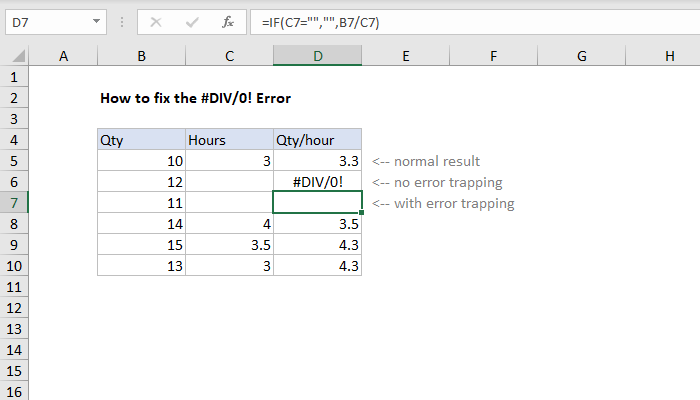
Excel Formula How To Fix The Div 0 Error Exceljet

How To Average A Range Of Data Ignoring Zero In Excel

How To Calculate Average Ignore Blank And Zero Cells In Excel Free Excel Tutorial
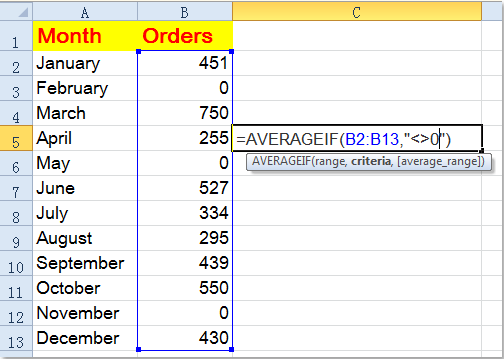
How To Average A Range Of Data Ignoring Zero In Excel
